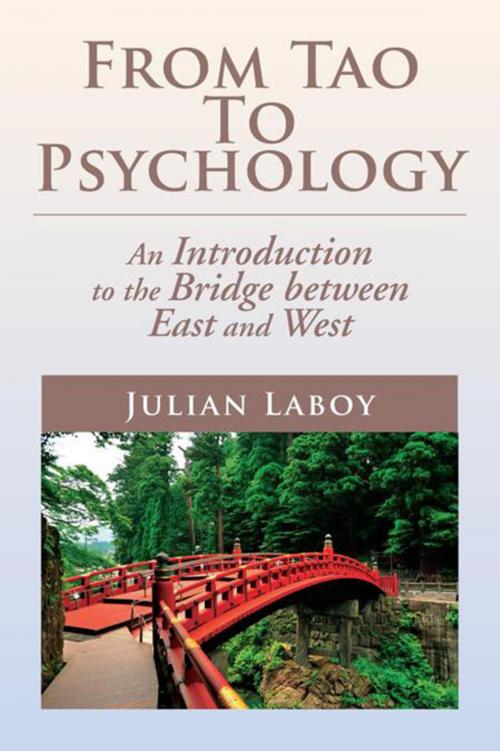From Tao to Psychology
An Introduction to the Bridge Between East and West
Nonfiction, Religion & Spirituality, Philosophy, Health & Well Being, Psychology| Author: | Julian Laboy | ISBN: | 9781477135570 |
| Publisher: | Xlibris US | Publication: | June 30, 2012 |
| Imprint: | Xlibris US | Language: | English |
| Author: | Julian Laboy |
| ISBN: | 9781477135570 |
| Publisher: | Xlibris US |
| Publication: | June 30, 2012 |
| Imprint: | Xlibris US |
| Language: | English |
In Western territories, the last two centuries have been demanding many so-called scientific fields of study a set of ideas that would change some of their traditional worldviews. These new ideas come from another set of worldviews that run parallel or have very similar discursive direction to traditional Eastern perspectives. In the West, this is happening in the fields of Psychology, Biology, Neurosciences, Physics, and others. On the other hand, Eastern perspectives that share similar views with the relatively new Western ideas are Buddhism, Taoism and Hinduism. This book will concentrate on the example of the similarities between specific theories in Psychology and Classical Taoism. Those similarities can be seen in three themes: union or separation of mind and body; union or separation of reason and emotions; and, finally, the construction or representation of knowledge. The primary goal is to see the possibilities of sharing and learning from both sides of the world; to walk a bridge that unites them. This is an introduction to the communication between East and West that is already taking place in many parts of the world.
In Western territories, the last two centuries have been demanding many so-called scientific fields of study a set of ideas that would change some of their traditional worldviews. These new ideas come from another set of worldviews that run parallel or have very similar discursive direction to traditional Eastern perspectives. In the West, this is happening in the fields of Psychology, Biology, Neurosciences, Physics, and others. On the other hand, Eastern perspectives that share similar views with the relatively new Western ideas are Buddhism, Taoism and Hinduism. This book will concentrate on the example of the similarities between specific theories in Psychology and Classical Taoism. Those similarities can be seen in three themes: union or separation of mind and body; union or separation of reason and emotions; and, finally, the construction or representation of knowledge. The primary goal is to see the possibilities of sharing and learning from both sides of the world; to walk a bridge that unites them. This is an introduction to the communication between East and West that is already taking place in many parts of the world.















